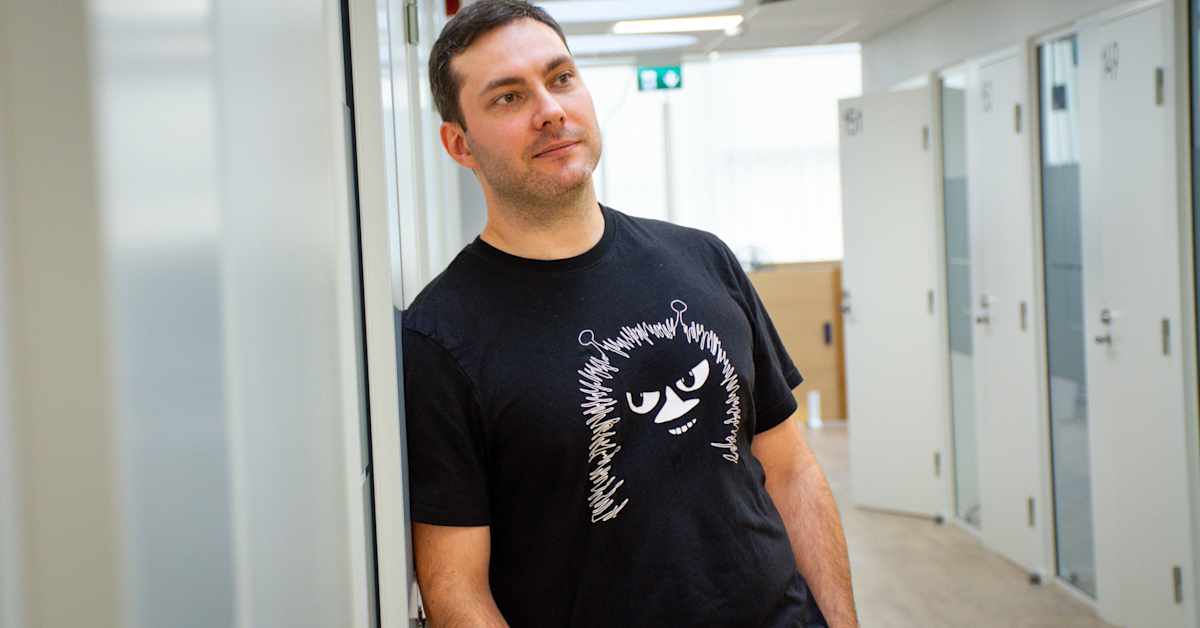There are big differences in the number of expert resources in employment regions across Finland. In some areas, one employment specialist is responsible for an average of around 200 jobseekers, while in others, the figure is closer to 100.
Nationwide, the average is 149, according to data collected by the KEHA Centre during spring.
At the start of the year, responsibility for employment services shifted from national TE employment offices to municipalities, which led to the creation of employment areas in Finland.
The KEHA Centre serves as the development and administrative body for ELY Centres, responsible for carrying out and developing the regional tasks of the central government.
In Lahti’s employment region, job placement specialist Johannes Volmanen is responsible for more than 250 jobseekers.
“Put simply, it’s too much for me to do my job well. We do what we can,” Volmanen said, adding that setting up the new organisation is still a work in progress.
Early in the year, several employment regions had already depleted their funds. Meanwhile, municipalities were urgently seeking ways to help unemployed individuals return to work.
Unemployment is expensive for municipalities because they have to cover part of the unemployment benefits if joblessness drags on. It was recently reported that unemployment spells are now at record lengths.
No time to focus on individuals
Statistics Finland reported this week that Finland’s unemployment rate climbed to 10.2 percent in the second quarter of the year. Over the last two years, 64,000 jobs have been lost, increasing the workload for employment specialists.
“It means the time between contacts can stretch out. You just can’t focus on each person as much as you’d like,” Volmanen said.
Volmanen meets clients both by phone and in person, aiming to discuss their lives more broadly — not just their employment. This approach often helps clarify goals and options.
“The job market is something I can’t directly influence, but at the individual level I can absolutely help and support people so their life takes a more positive turn — that they find their own place or direction to move towards,” he said.
Data only indicative
The figures collected by the KEHA Centre don’t paint a full picture of how heavy the workload is for an individual employment specialist, according to Eero Janhonen, project manager at the agency.
The statistics reflect the number of jobseekers officially assigned to each advisor. In some regions, team-based assignments record all clients under a single advisor, which inflates the reported ratios. This largely explains the highest figures, according to Janhonen.
The KEHA Centre has gathered statistics to assess whether resources are sufficient to maintain services amid ongoing changes.
According to Janhonen, resources appear largely unchanged since the times of the TE Offices. She said time will reveal whether municipalities will increase funding for services or reduce them, potentially impacting staffing levels.
Janhonen suggests about 100 jobseekers per advisor is reasonable, allowing enough focus on individual needs. She said support varies widely, as employed jobseekers often require less help than those fully unemployed and some require very little help.
However, it has been a challenge for employment regions to find enough specialists, according to Erja Lindberg, Development Manager at the Association of Finnish Cities and Municipalities.
Not everyone transferred from the old TE Offices to the new organisations, and hiring new people takes time.
“There could definitely be more people, especially now that unemployment has risen,” Lindberg said.
Plan to hire more advisors
KEHA statistics show Lahti with the highest jobseeker-to-advisor ratio — up to 256 clients per advisor. However, Maarit Ahomäki, unit manager at Lahti’s employment services, said the actual ratio is not nearly as high as the statistic suggests.
“The total number of clients was divided among a group of advisors that didn’t include everyone. When I checked the current situation, the average ratio is about 160,” Ahomäki told Yle.
According to Ahomäki, the holiday season has posed challenges for the new organisation’s operations, but more advisors are planned to be hired in the autumn.
“The situation could always be better, but we’re managing,” Ahomäki said.
The employment region is already preparing for better times to ensure services run smoothly when the economy — and with it, the number of jobs — picks up.
“Right now, we’re investing in employer services. We’re making sure employers get the support they need because they’re the ones creating jobs.”

